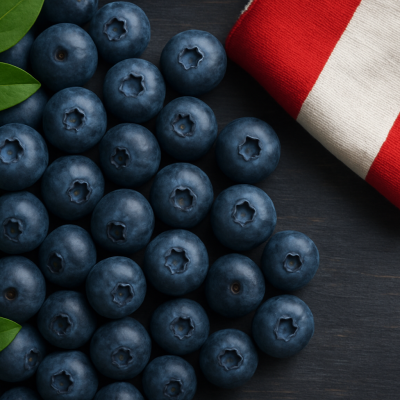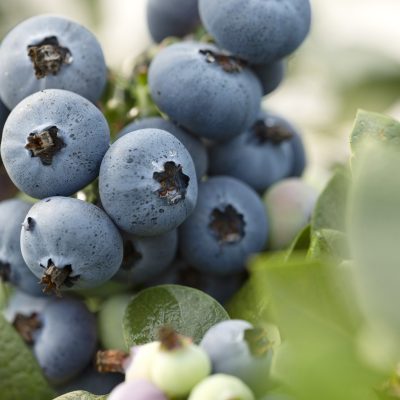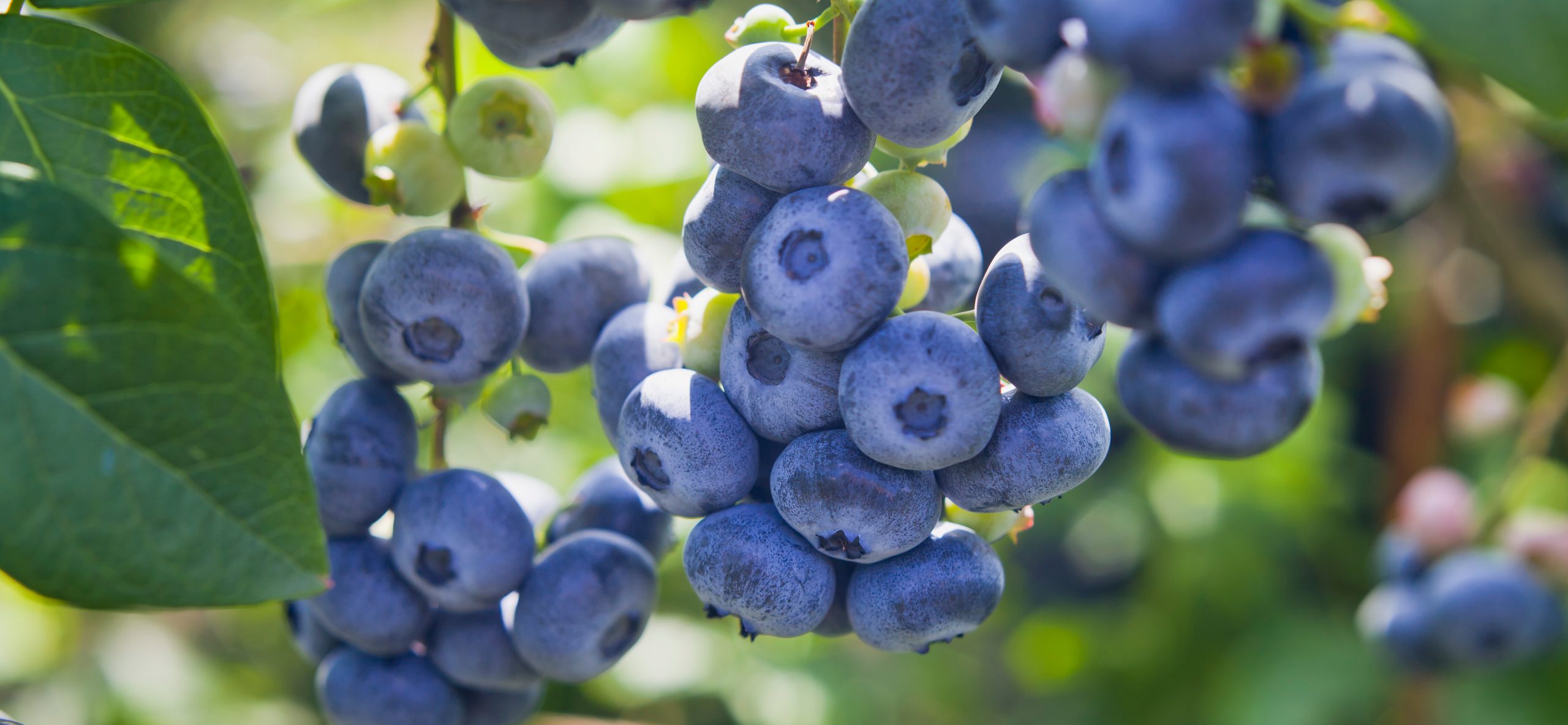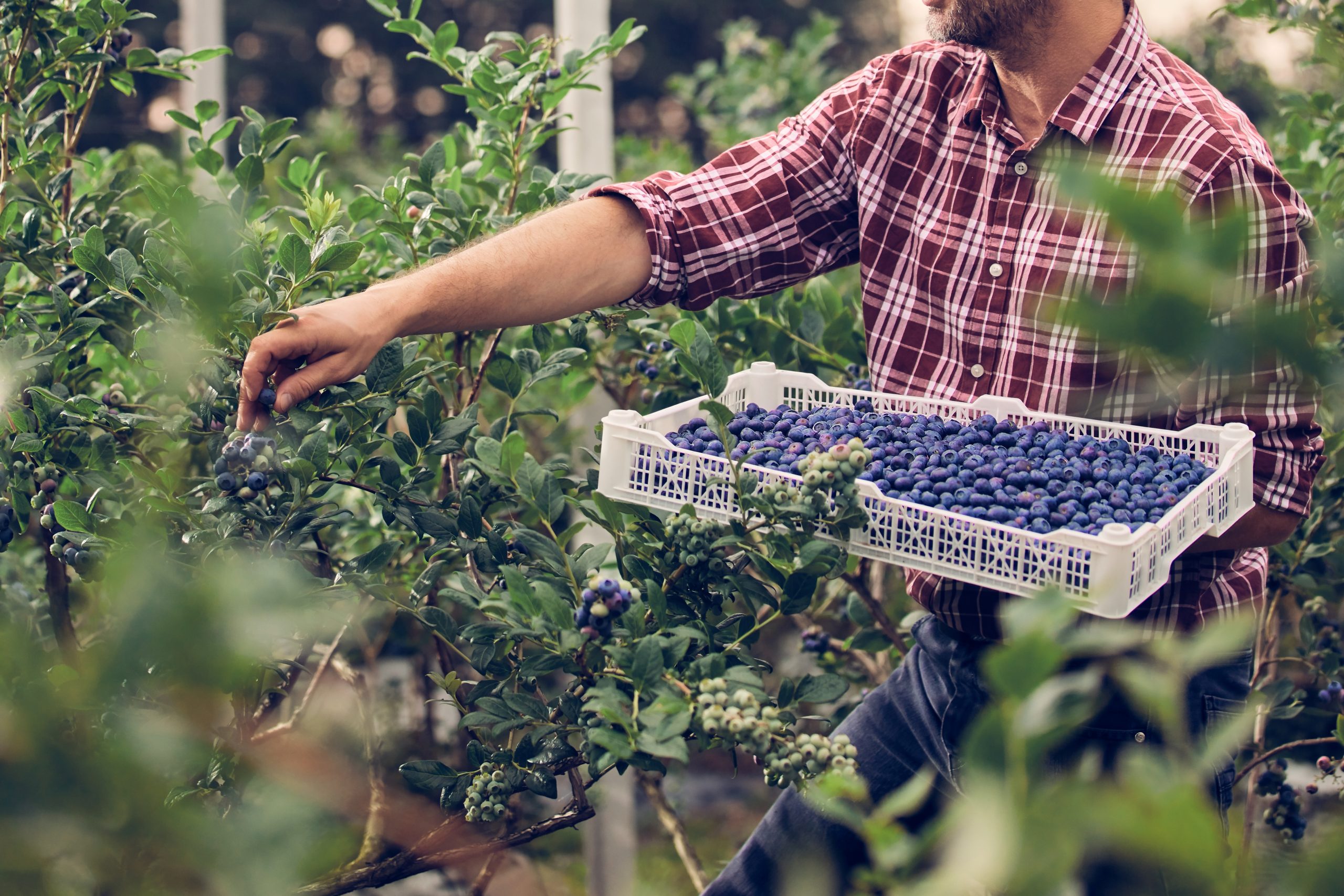Nova Scotia: Bumper blueberry crop, with yields growing by 50 per cent
A business that can increase production 50 per cent over the previous year and still sell everything is on to a good thing.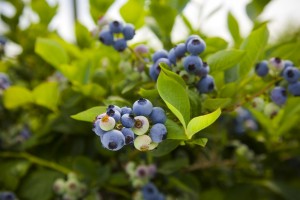
Such was the case for the wild blueberry industry in Nova Scotia in 2014, according to Peter Rideout, executive director of the Wild Blueberry Producers Association of Nova Scotia.
“Our estimated crop for 2014 for Nova Scotia is about 62 million pounds, a 50 per cent increase over 2013, and a record for the industry,” Rideout said Monday in an interview.
On average, annual wild blueberry production in the province runs about 40 million pounds. Six years ago, the industry produced a previous record 57 million pounds.
The Maritime provinces are affiliated with the Wild Blueberry Association of North America, which also represents the industry in Quebec and Maine. The Maritimes, Quebec and Maine together produced a total of about 300 million pounds of wild blueberries in the 2014 harvest.
Blueberry production was also up substantially in New Brunswick and Prince Edward Island last year, while Quebec and Maine producers had average harvests compared with recent years.
“In the Maritimes, and in Nova Scotia in particular, everything just seemed to come together for a bumper crop,” Rideout said.
Wild blueberry crops across the province benefited from good winter snow coverage and healthy early spring rains.
June provided the sort of warm and dry weather preferred by honeybees for pollination, and some timely rainfall for the growing season through July and August drove growth.
This was all followed by good harvest weather for about six weeks beginning in August, Rideout said.
The 50 per cent increase in production over the previous season meant for some hectic times among producers and processors, with a race against the weather.
“Since the crops were so healthy, there were occasions when harvesting was underway through the night,” Rideout said.
“The berries must be frozen within 24 hours, so the factories were running at full capacity 24-7.”
Customers in the United States, Europe and Asia gobbled up just about all the frozen wild blueberries the region could produce.
“The increase in production helps us develop new markets, as we cannot make new sales if we cannot guarantee product will be available,” Rideout said.
Additional revenue can also help producers develop more wild blueberry land, a process that can require six or seven years depending on location, he said.
A small percentage of the Nova Scotia wild blueberry crop is sold fresh locally. Rideout said sales of fresh product account for less than five per cent of total production.
01/12/2015
http://thechronicleherald.ca



